Publications
Recent news
- Ones To Watch: Young Neuroscientists on the Rise
- From Application to Award: How a Neuroscientist Secured the Emmy Noether Grant
Group highlights
For more publications from the group, go to Google Scholar
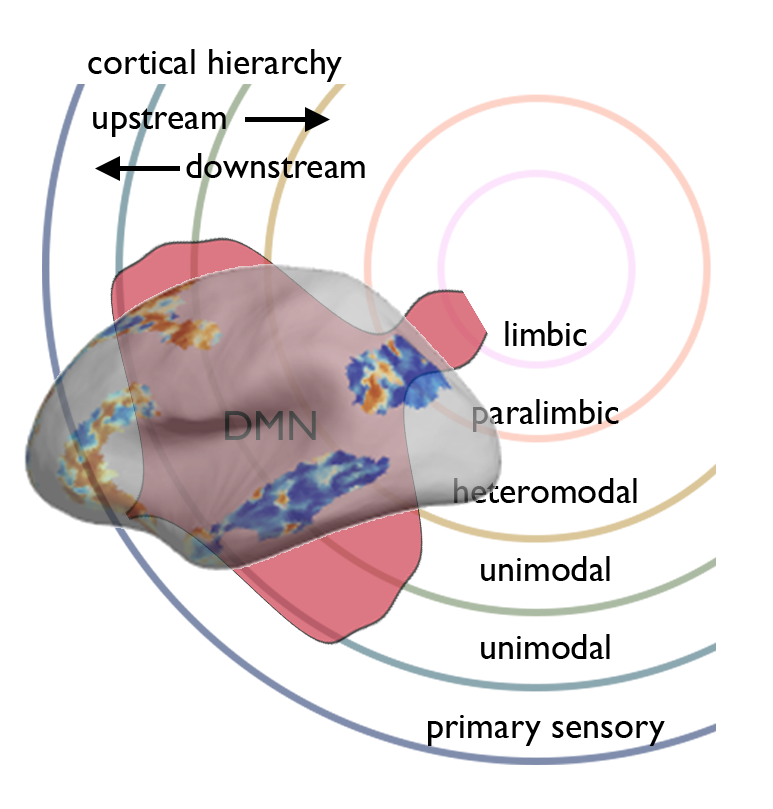
A deep-dive into the architecture of the enigmatic default mode network (DMN) and a discussion of how its anatomy can account for its broad role in cognition.
Paquola C, et al.,
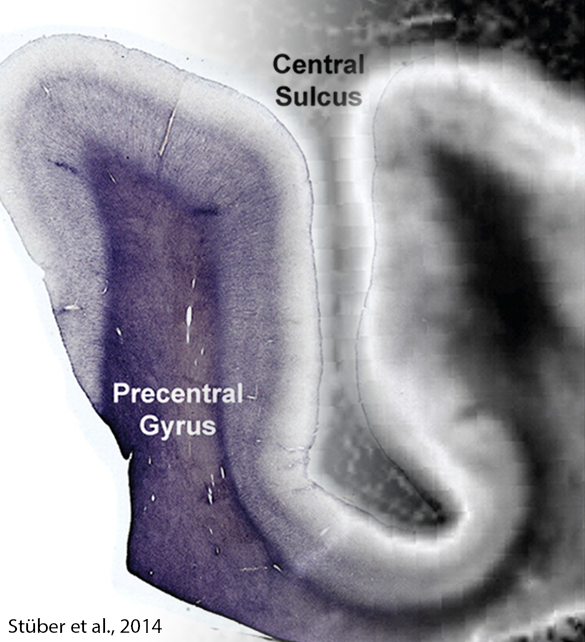
Recent advances in magnetic resonance imaging (MRI) pave the way for approximation of myelin content in-vivo. In this review, our main goal was to determine how to best capitalise on myelin-sensitive imaging.
Paquola C & Hong, SJ
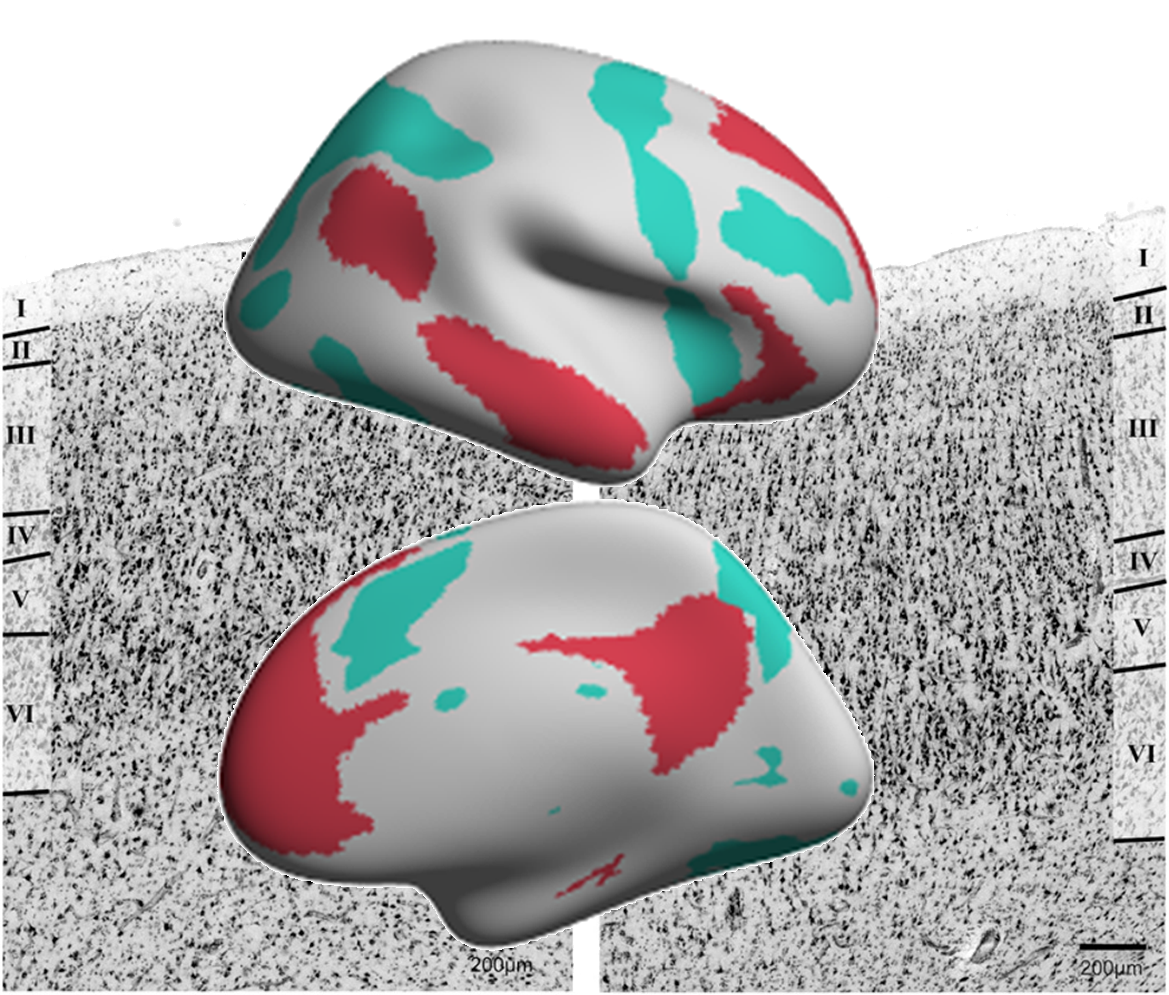
Contemporary research linking spatial patterns of neural activity to psychological constructs describes ‘where’ hypothesised functions occur, but not ‘how’ these regions contribute to cognition. This perspective highlights emerging insights into how microarchitecture can constrain network accounts of human cognition.
Paquola C, Amunts K, Evans AC, Smallwood J, Bernhardt BC.
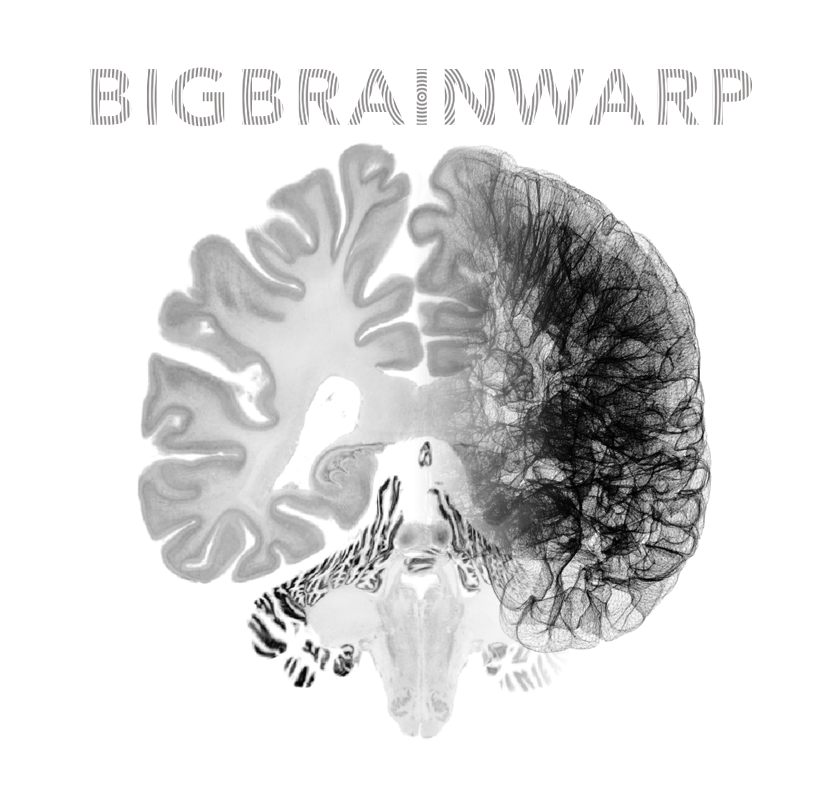
Neuroimaging stands to benefit from emerging ultrahigh-resolution 3D histological atlases of the human brain; the first of which is ‘BigBrain’. Here, we review recent methodological advances for the integration of BigBrain with multi-modal neuroimaging and introduce a toolbox, ‘BigBrainWarp’, that combines these developments. See more on the Tools page.
Paquola C, et al.,
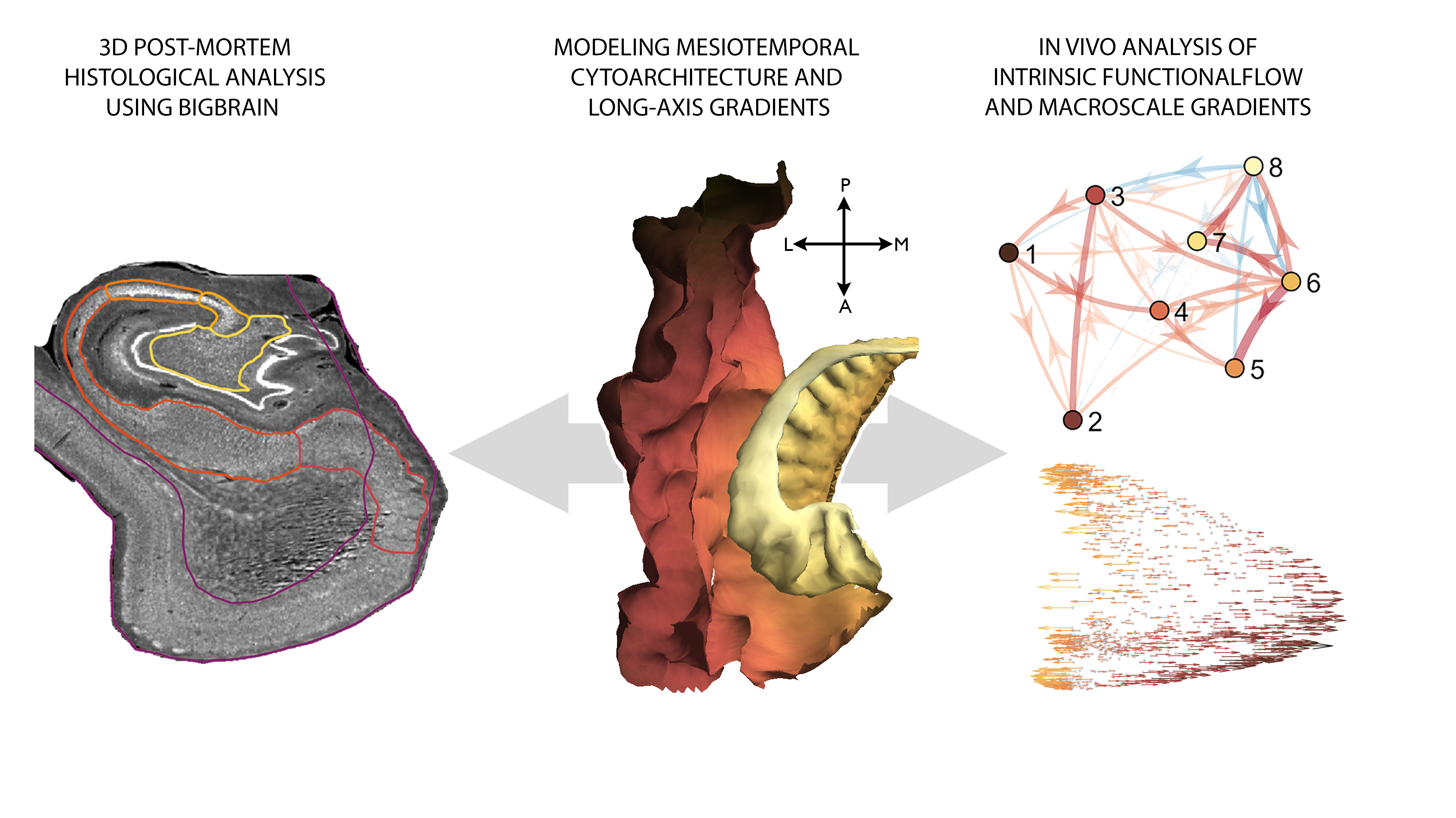
The mesiotemporal lobe (MTL) is implicated in many cognitive processes, is compromised in numerous brain disorders, and exhibits a gradual cytoarchitectural transition from six-layered parahippocampal isocortex to three-layered hippocampal allocortex. Leveraging an ultra-high-resolution histological reconstruction of a human brain, our study showed that the dominant axis of MTL cytoarchitectural differentiation follows the iso-to-allocortical transition and depth-specific variations in neuronal density. Our findings establish that the combination of micro- and macrostructural features allow the MTL to represent dominant motifs of whole-brain functional organisation.
Paquola C, et al.,
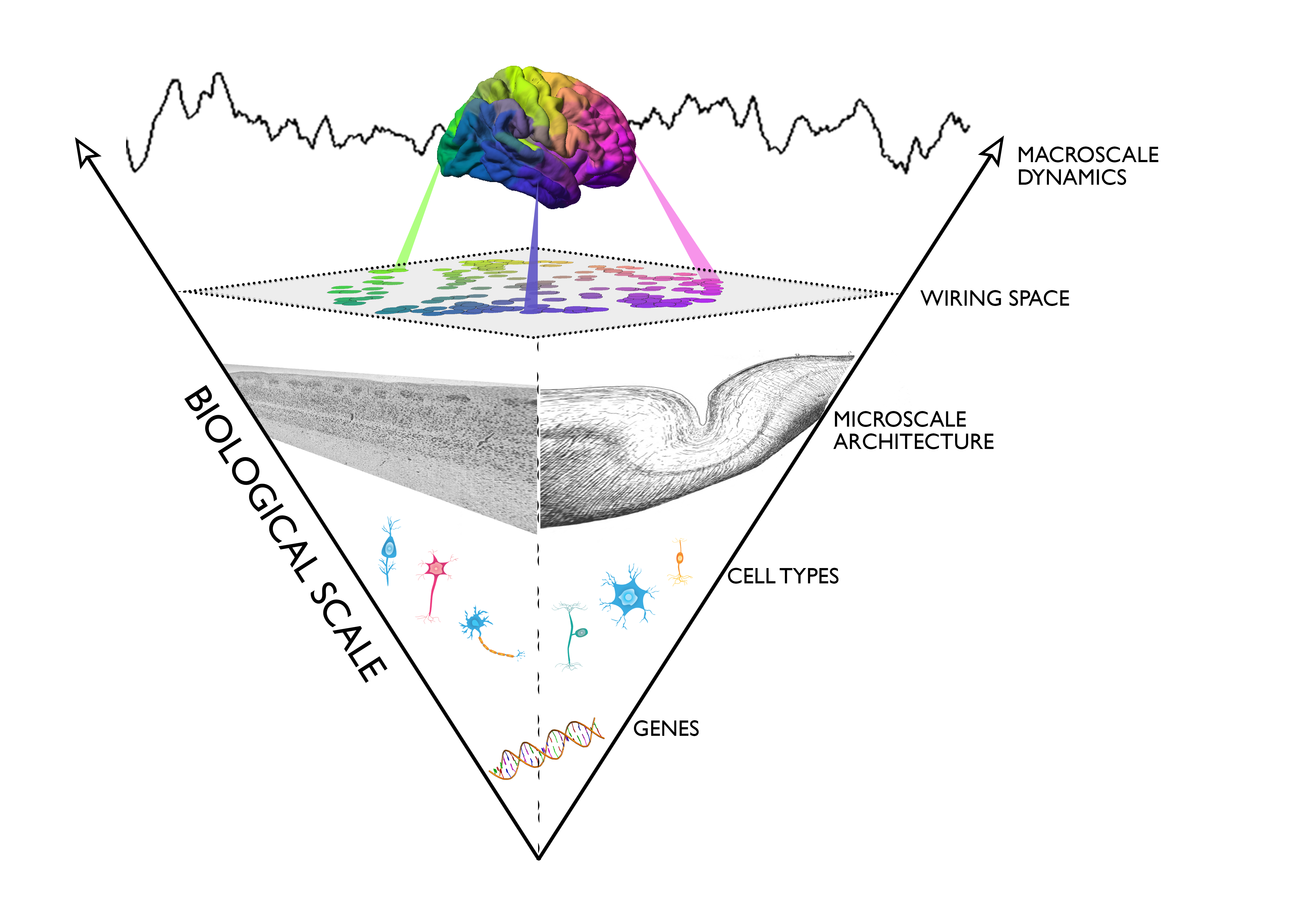
The vast net of fibres within and underneath the cortex is optimised to support the convergence of different levels of brain organisation. Here, we propose a novel coordinate system of the human cortex based on an advanced model of its connectivity. Our approach is inspired by seminal, but so far largely neglected models of cortico–cortical wiring established by postmortem anatomical studies and capitalises on cutting-edge in vivo neuroimaging and machine learning. Our results advance our understanding of how cell-specific neurobiological gradients produce a hierarchical cortical wiring scheme that is concordant with increasing functional sophistication of human brain organisation.
Paquola C, et al.,
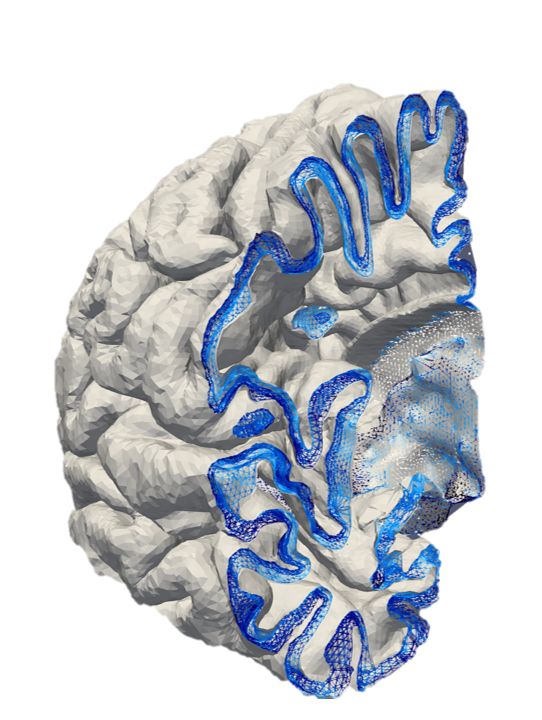
Depth-dependent trajectories of intracortical myeloarchitectural development contribute to the maturation of structural hierarchies in the human neocortex, providing a model for adolescent development that bridges microstructural and macroscopic scales of brain organisation
Paquola C, Bethlehem RAI, Seidlitz J, Wagstyl K, Romero-Garcia R, Whitaker KJ, Vos De Wael R, Williams GB, NSPN Consortium, Vértes PE, Margulies DS, Bernhardt BC & Bullmore, ET
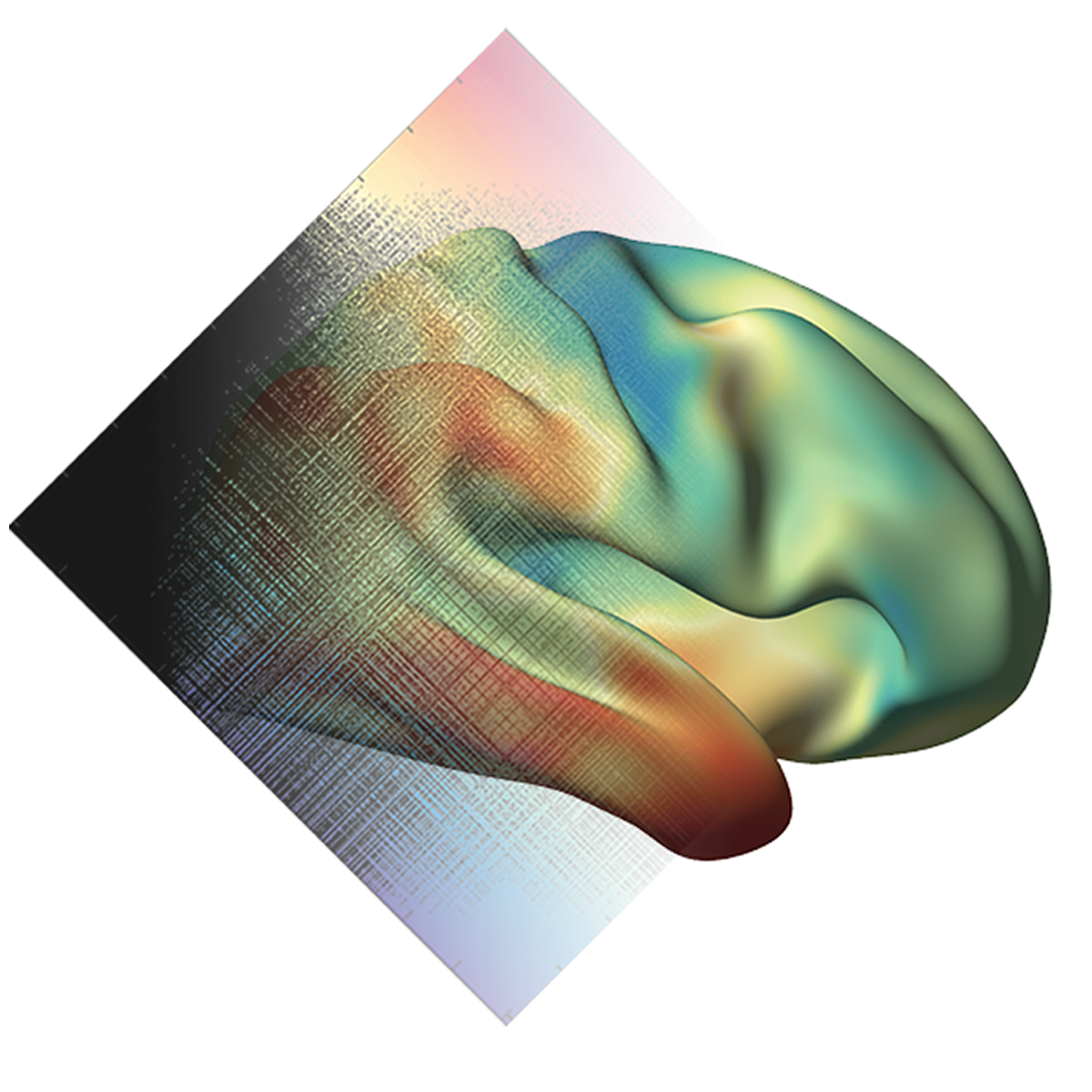
We developed a novel approach to model the similarity of microstructural profiles sampled in the direction of cortical columns. Our approach was initially formulated based on an ultra-high–resolution 3D histological reconstruction of an entire human brain and then translated to myelin-sensitive magnetic resonance imaging (MRI) data in a large cohort of healthy adults. This novel method identified a system-level gradient of microstructural differentiation traversing from primary sensory to limbic regions that followed shifts in laminar differentiation and cytoarchitectural complexity.
Paquola C, et al.,